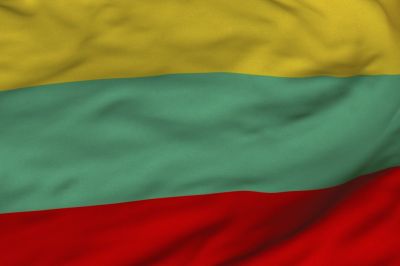
There are two types of higher education institutions: universities and colleges. Higher education institutions may be state and non-state. A state institution of higher education is a public legal person functioning as a public establishment, possessing the autonomy guaranteed by the Constitution of the Republic of Lithuania, and the special status defined by this and other relevant laws of the Republic of Lithuania. A non-state higher education institution is a public legal person functioning as a public establishment or a private legal person.
Universities provide university-level study programmes, conduct scientific research, pursue experimental (social, cultural) development and (or) high-level professional art. The name of a higher education institution engaged in those activities must contain a word ’university‘ or ’academy‘ or ’seminary‘.
The university aims to:
1) deliver studies, designed to
provide an individual with a higher university-level education based on
scientific research and in line with modern knowledge and technologies,
and a qualification in higher education, develop a fully educated
personality, with a focus on ethical responsibility, creativity and
entrepreneurship;
2) pursue a sustainable development of multi-sphere
scientific knowledge, conduct scientific research and experimental
(social, cultural) development, train scientists, and cooperate with
national and international partners;
3) promote regional and
national development through cooperation with public and economic
partners and pursuit of scientific, educational, artistic and other
cultural activities;
4) develop a society which is open to
education, science and culture, able to make effective use of science
and compete in the market of high technologies, products and services.
More than a half of the university academic staff must be researchers and/or established artists.
Colleges deliver college-level studies, conduct applied scientific research and/or develop professional art. The name of a higher education institution engaged in such activities must contain a word ’college‘ or ’higher education institution’.
The college aims at:
1) delivering study programmes providing
an individual with a college higher education and higher education
qualification which meet the needs of the state of Lithuania, its
society and economy and are in keeping with the contemporary level of
science and latest technologies;
2) developing applied research necessary for the region, providing counselling to the local authorities and economic entities;
3) creating conditions for persons to upgrade their acquired knowledge and skills;
4) developing education and culture receptive society capable of acting under the conditions of rapidly changing technologies.
More
than half of the college academic staff must have at least a three-year
practical work experience in the field of the subject being taught.
Continuing professional development in the relevant field is regulated
by the procedures established by the college. Subjects that must be
taught by scientific degree holders are set out in the descriptions of
the study field, group of study fields or study area.